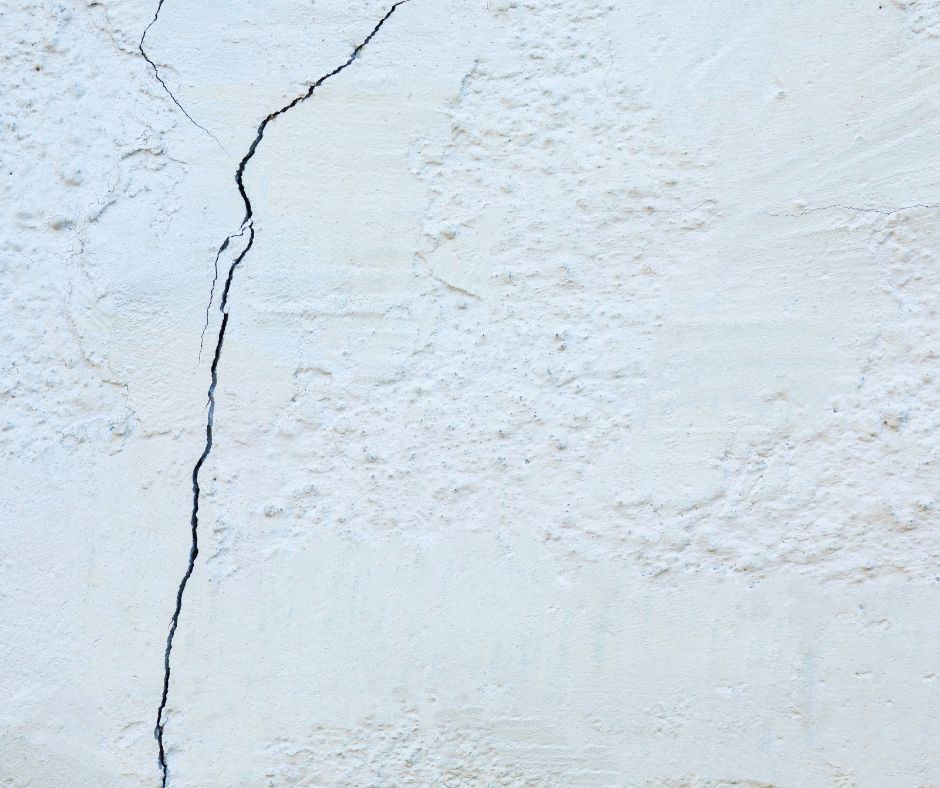Concrete is a strong and popular material used in building homes, sidewalks, and foundations. But even though it’s tough, concrete can still crack. These cracks can start small but grow bigger over time. If not taken care of, they can lead to bigger problems in your home.
This blog will explain why concrete foundation cracks happen and how you can fix them. We’ll keep it simple, easy to read, and helpful so you understand precisely what’s happening with your home’s foundation.
Why Are Foundation Cracks a Big Deal?
Your home sits on its foundation, and when that foundation cracks, it can affect the whole structure. Small cracks may just look bad at first, but they can let in water, grow over time, and even lead to walls or floors shifting. Fixing cracks early is always better (and cheaper) than waiting until the damage becomes serious.
Common Causes of Concrete Foundation Cracks
Let’s look at the most common reasons why cracks appear in your concrete foundation.
1. Soil Movement
The soil under your house can shift when it gets too wet or too dry. When it’s very wet, the soil expands, and when it dries out, it shrinks. This constant movement puts pressure on your foundation and can cause it to crack.
2. Poor Drainage
Water can collect around the foundation if it isn’t flowing away from your home correctly. This makes the soil wet and soft. Over time, the extra water can cause the concrete to weaken and crack.
3. Tree Roots
Trees near your home can cause problems, too. Their roots grow underneath the foundation and can push up against it. This pressure might cause cracks or uneven floors inside your house.
4. Poor Construction
Sometimes, the concrete used to build your house wasn’t mixed or poured correctly. If the concrete mix was too weak or the builder didn’t follow proper steps, your foundation may crack sooner than it should.
5. Extreme Weather Changes
Hot summers and freezing winters can cause concrete to expand and contract. These temperature changes put stress on your foundation, which, over time, can lead to cracking.
6. Heavy Loads
If very heavy objects, like large decks, hot tubs, or even big furniture inside your home, are near or on top of your foundation, this added weight can lead to pressure and cracks in the concrete.
Types of Concrete Foundation Cracks
Not all cracks are the same. Here are a few types you might see:
Hairline Cracks: These are thin and small. They are often caused by the concrete drying too fast. Although they are usually not serious, they should still be watched.
Vertical Cracks: These cracks run up and down. They are common and may not mean your foundation is failing. Still, they should be sealed to prevent water from getting in.
Horizontal Cracks: These are more serious. They run side to side, which could mean the foundation is under a lot of pressure. You should get help from a professional right away.
Stair-Step Cracks: These cracks look like stairs and often appear in brick or block foundations. They can be a sign of foundation settling and should be inspected.
How to Fix Concrete Foundation Cracks
Now that we understand the causes and types of cracks let’s discuss how to fix them. The type of repair depends on the severity of the crack.
Seal the Crack: A simple concrete sealant may be enough for small or hairline cracks. You can find crack repair kits at hardware stores. These sealants keep water and pests out. Make sure the crack is clean and dry before sealing.
Use Epoxy or Polyurethane Injections: If the crack is deep, professionals often inject epoxy or polyurethane foam into it. These materials harden inside the crack, sealing it and strengthening the wall. This method is standard in concrete foundation crack repair and is great for stopping water leaks.
Install Piers or Supports: For bigger problems, such as sinking or shifting foundations, professionals might install steel piers or push piers. These go deep into the ground to support your foundation. It’s a more expensive fix, but it can save your house from further damage.
Improve Drainage: Fixing the crack is good, but stopping the cause is even better. Make sure water flows away from your home. You can do this by cleaning your gutters, extending your downspouts, or adding proper drainage systems.
Cut Tree Roots or Remove Trees: If tree roots are causing cracks, you may need to cut some roots or move the tree entirely. Before doing this, talk to a professional since cutting too many roots can kill the tree or affect other parts of your yard.
Conclusion
Concrete foundation cracks are common, but they don’t have to be overwhelming. Understanding the causes and knowing how to repair them can help you keep your home safe and secure. If you spot a crack, act quickly—whether it’s sealing a small one yourself or calling in a professional. Taking care of your foundation today can give you lasting peace of mind for the future.

Leave a Reply
You must be logged in to post a comment.